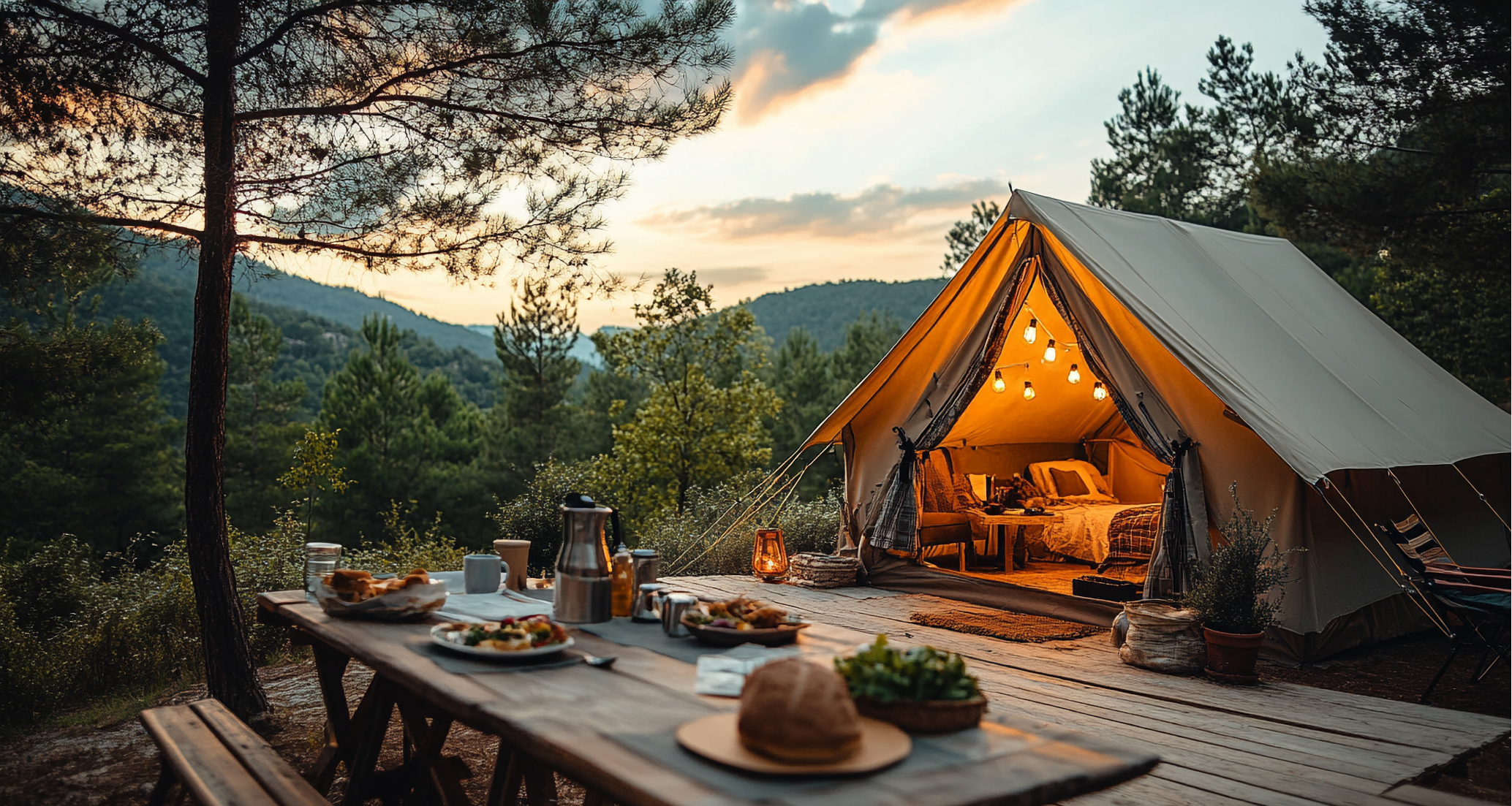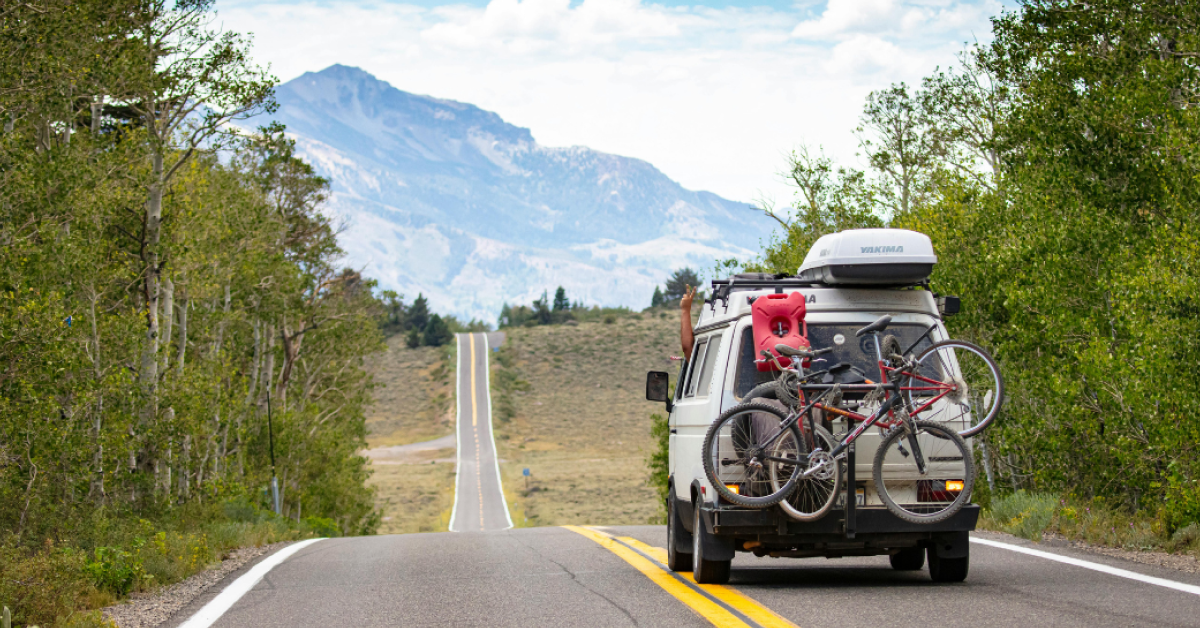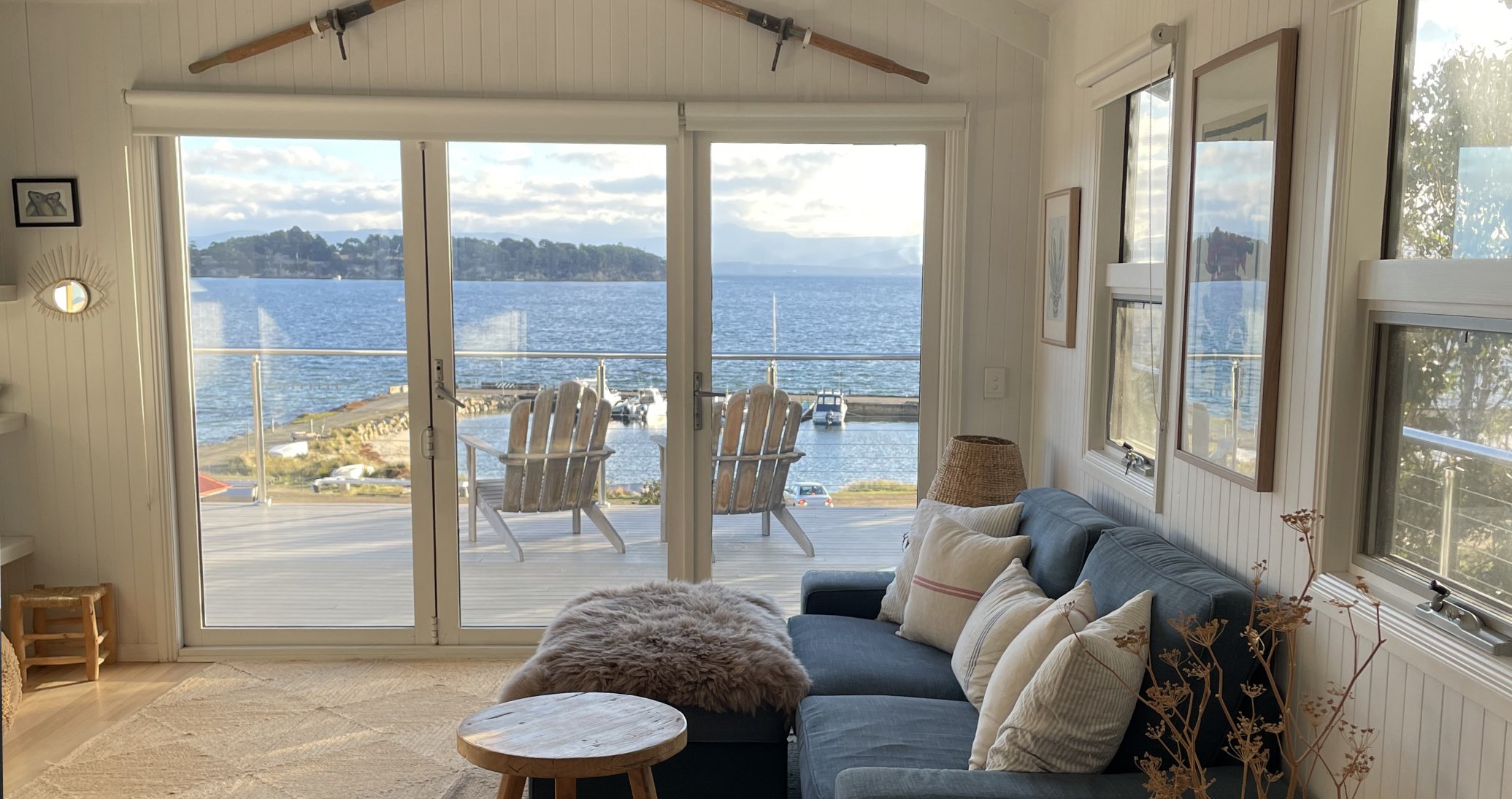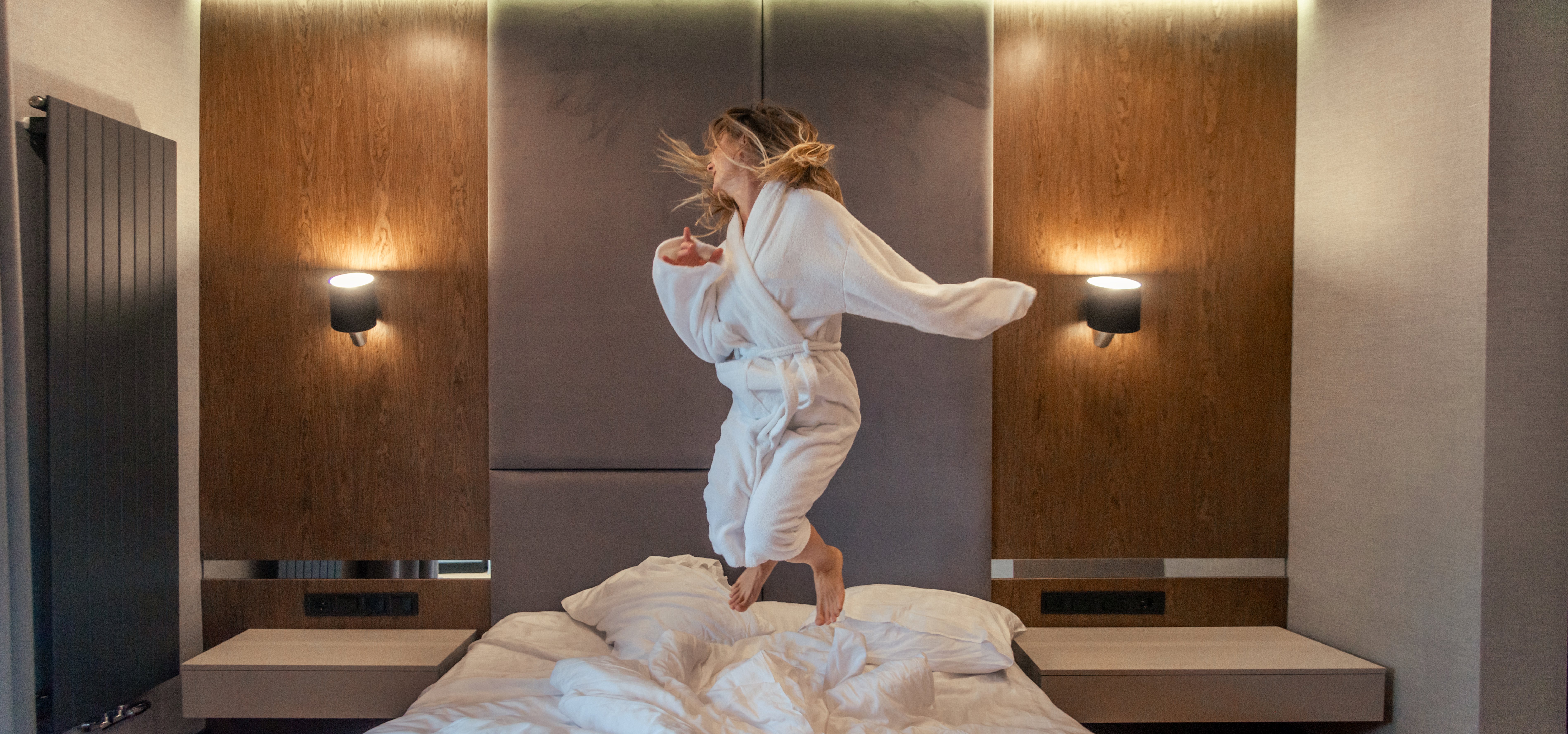From pop-up tents to posh pods: Why glamping is the upgrade camping needs
Glamping isn't just a buzzword anymore, it's reshaping what guests expect from the great outdoors. In the last few years, more people have swapped sleeping bags for proper beds and roughing it for rolling into nature with style. And for traditional camping operators, that shift presents a major opportunity.
Glamping blends the adventure of the outdoors with the comforts of home: soft sheets, real showers, and even a wood-fired hot tub if you're lucky. Guests want the experience, without needing to pitch a tent, haul their gear, or brave a communal toilet block in the rain.
It’s comfort-driven, experience-led, and for many, the gateway to camping life. The question is: how can traditional operators make the leap?
To dig into this a little more, we sat down with Jason Davidson, Business Development Executive at RMS and former holiday park operator, to talk shepherd huts, champagne upsells, and the tech that keeps it all running behind the scenes.
Why glamping is booming (and who it’s for)
Today’s glampers aren’t necessarily seasoned campers. In fact, many are families, couples, or hotel-goers trying out a new kind of stay. They’re drawn to nature, but not at the expense of comfort. Think shepherd huts with heating, safari tents with ensuite bathrooms, or cabins with curated interiors.
It also makes financial sense for operators. Glamping units can take up less space than static caravans or lodges, often don’t require foundations, and can turn unused land into serious revenue, especially in spots where larger developments aren’t viable. Add in high nightly rates and the potential for indulgent extras (hello, breakfast baskets), and the business case stacks up.
But here’s the catch: glamping isn’t just ‘fancier camping’
It's a different operational model entirely. You’re not just offering a pitch; you’re offering a full experience, and that means more moving parts behind the scenes. Running glamping efficiently means handling:
- Linen changes and amenity restocking
- Housekeeping and maintenance coordination
- Guest communications and booking management
- Inventory and extras like firewood, hampers, or equipment hire
Without systems in place, it can quickly become a logistical headache.
Tech that makes glamping work
The right holiday park management system is the backbone of any good glamping setup. But it’s not just about taking bookings. To run smoothly, your tech should include:
- A direct booking engine with upsell functionality
- Channel managers that connect with glamping-specific platforms
- Housekeeping and maintenance workflows
- Automation for pre-arrival, in-stay, and post-departure comms
- Guest self-service portals for check-in, booking updates, and payments
- POS systems for onsite extras (bike hire, café, events)
If your site includes a mix of glamping and traditional camping, flexibility is key. Your Cloud-based PMS should be able to distinguish between fixed units and variable pitch sizes, helping you optimise every bit of space.

Why glamping boosts revenue (without burning out your team)
Glamping guests tend to book shorter, high-value stays, and they’re often happy to spend a little more to make it special. That might mean:
- Champagne on arrival
- A breakfast hamper or BBQ kit
- Tickets to nearby attractions or partner experiences
These upsells carry healthy margins and help lift the overall revenue per stay. Plus, with the right systems, you can automate the entire journey, meaning fewer staff hours without compromising service.
And don’t forget: your tent pitches still play a role. Offering glamping alongside traditional camping lets you attract a broader market while keeping operational costs balanced.
Thinking about glamping? Start small, plan smart
If you're a traditional operator looking to expand into glamping, here’s the real talk: it’s not a plug-and-play extension of what you already do.
Guest expectations are higher. Operational needs are heavier. And if you get it wrong, offering comfort without the actual comfort, your reputation can take a hit.
So, start small. One or two units. Get your processes right. Test what works. Then scale gradually based on demand and operational capacity.
Because in glamping, details matter. From heating to hampers, it’s the extras that elevate the experience and the systems behind the scenes that make it sustainable.

By Jason Davidson
Business Development Executive
5 Minuten lesen
Want to see how RMS supports mixed accommodation sites with everything from POS to pitch flexibility? Let’s talk.






